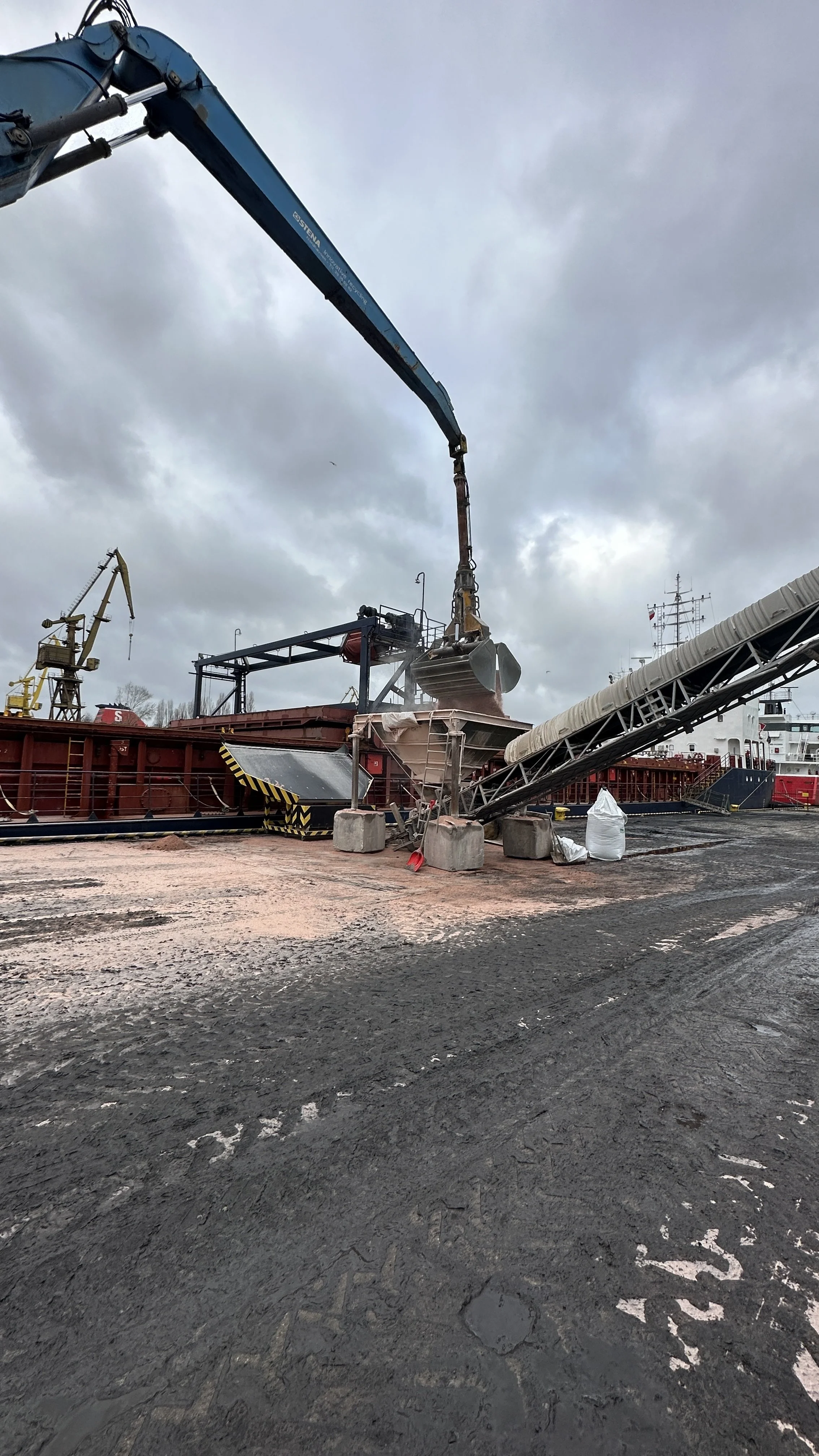Reducing leakages of nutrients in ports
The handling of dry bulk fertilisers in ports
– a significant source of nutrient leakage to the Baltic
The unloading, loading, and transport of dry bulk fertiliser in ports is an overlooked, but significant contributor to the inflow of nutrients to the Baltic Sea. Some reports even indicate that potentially thousands of tonnes of fertiliser [1] could be leaked out into the Baltic Sea every year.
Together with different stakeholders such as ports, equipment dealers, and producers of fertilisers, the project aims to collect the best available practices for minimising the leakage of dry bulk fertiliser when handled in ports. Together with selected ports around the Baltic, the project will find areas of improvement and implement cost-effective solutions to prevent leakage of nutrients.
With help from our partner Boston Consulting Group, we have put together the business case “Reducing discharge of nutrients at ports” which is a hands-on tool defining the leakage spots for fertiliser in dry bulk when unloading and loading. The business case also displays the return on investment possible by upgrading equipment in ports and implementing other cost-effective solutions to reduce the leakage.
Download the business case here
[1] Dry bulk cargo shipping - An overlooked threat to the environment? Grote et. al
The project addresses SDG 6 (clean water and sanitation), SDG 9 (industry, innovation and infrastructure), SDG 14 (life below water) and SDG 17 (partnership for the goals).
Mineral fertilizer management in ports
– posters and information pamphlets
SE_Östersjön och effekten av växtnäringshantering i hamn
ENG_The Baltic Sea and the impact of mineral fertilizer handling in ports
PL_Morze Bałtyckie a wpływ przeładunku nawozów mineralnych w portach
LT_Baltijos Jura ir minerakiniu trasu tvarkymo uostuose poveikis
GER_Ostee und die auswirkungen des umgangs mit mineralischem dünger in häfen
Explanation animation - eutrophication and ports
Using a prevention cover when handling dry bulk cargo is a cost-effective solution to prevent leakage of nutrients.





